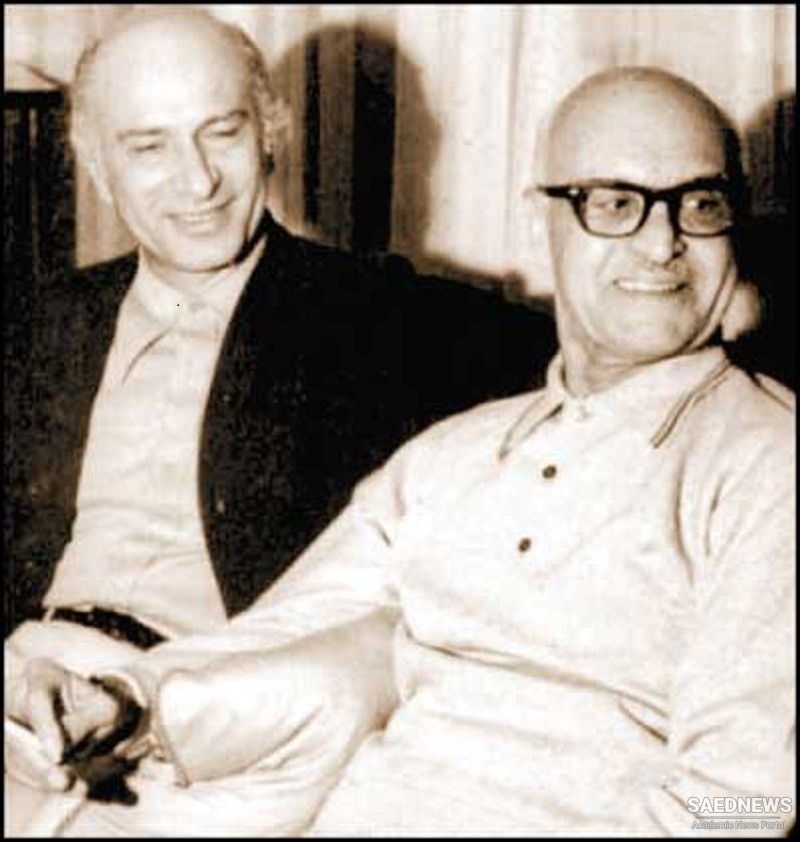Vaziri's quarter-tone theory, which is arrived at by way of a further division of the western equidistant 12-note chromatic scale, is entirely irrelevant to Persian music. It is an artificial creation devised to make possible the adoption of a kind of harmonic practice, based on western tonal harmony. It would be difficult to accept that Vaziri was not aware of the fact that Persian music makes no use of the quarter-tone and that intervals other than the semi-tone and the whole-tone are not achieved through multiples of the quarter-tone. He must simply have believed in the desirability of their being adjusted to correspond to an equidistant quarter-tone scale so that a kind of harmony may be imposed upon the music. Clearly, he did not propose to do this in order to destroy the music, but, as he saw it, to advance its possibilities into the realm of polyphony. He and many other Middle Eastern musicians of the early twentieth century regarded a monophonic musical tradition as intrinsically inferior. Their aim was to make the necessary adjustments so that polyphonic writing could be admitted into their music, and understandably they took western music as their model.Vaziri's pupils, and their pupils in turn, have remained totally committed to the ideas of the great master. Not only was he 'the' educated musician who 'knew what he was talking about', but he was also endowed with a charismatic and forceful personality which seems to have subjugated all who came in contact with him (Source: Hormoz Farahat, The Concept of Dastgah in Persian Music).



 Modern Persian Music Before Islamic Revolution
Modern Persian Music Before Islamic Revolution














































